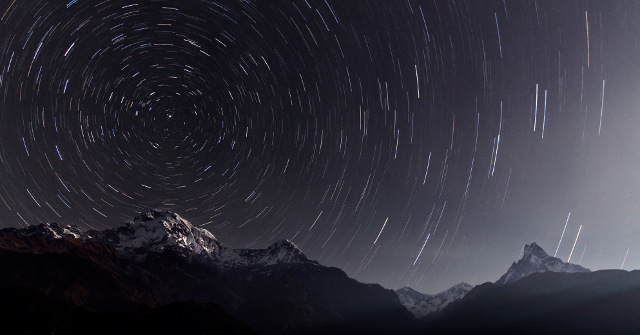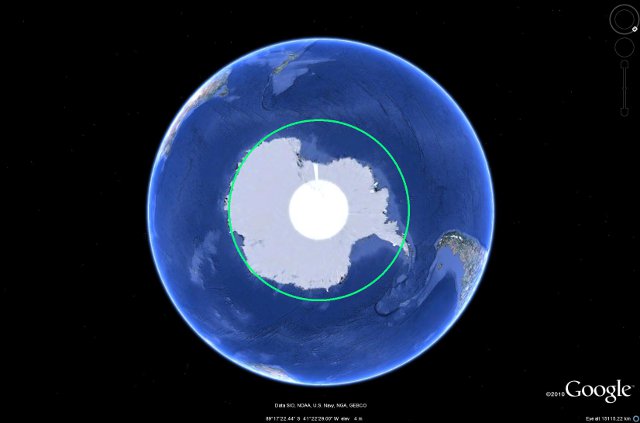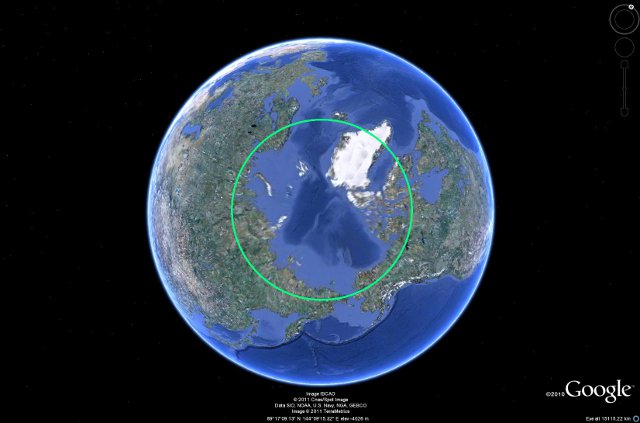It seems that Robert Schwartz has taken up Walter Lewin’s challenge and has successfully created an image of 24-hour star trails.

More details available at APOD.
It seems that Robert Schwartz has taken up Walter Lewin’s challenge and has successfully created an image of 24-hour star trails.

More details available at APOD.
Star trails are created when the shutter of a camera is left open whilst pointed towards the sky; as the Earth rotates the stars etch out a path.

In a twenty-four hour period the Earth would complete one complete revolution and each star would create a complete circular path. Unfortunately when the Sun came up the image would be ruined, and so far nobody has captured fully circular star trails.
Professor Walter Lewin of MIT has issued a challenge through the Astronomy Picture of the Day website to create the first image of 24-hour star trails. In order to do so the photographer would have to travel into one of the polar circles where 24-hour periods during which the sun does not rise (“polar night”) are possible.
Heading south one would have to go below 66° 34′ S to enter the Antartic Circle and the only place to go is the Antarctic itself.

Heading North, into the Arctic Circle (above 66° 34′ N) your choices are much wider. Most of Greenland is in the Arctic Circle as are large parts of Russia, Canada and Alaska. In Europe you can choose between the north of Norway, Sweden and Finland.

It isn’t that simple however. Above and below 66° 34′ the Sun does not rise above the horizon but it gets pretty close and, when considering refraction of light by the atmosphere, the twilight would probably ruin your picture.
Beyond 84° 33′, eighteen degrees of latitude within the polar circles, true astronomical night persists, with the Sun never getting closer than eighteen degrees below the horizon. During this period the faintest stars that can be seen by the human eye would be visible all day. This cuts down on possible locations for a 24-hour star trail photoshoot.
In the northern hemisphere no civilisation exists beyond the town of Alert at 82° 30′ N and in the southern hemisphere only one research station is beyond the limit: the Amundsen-Scott South Pole Station at 90° 00′ S.